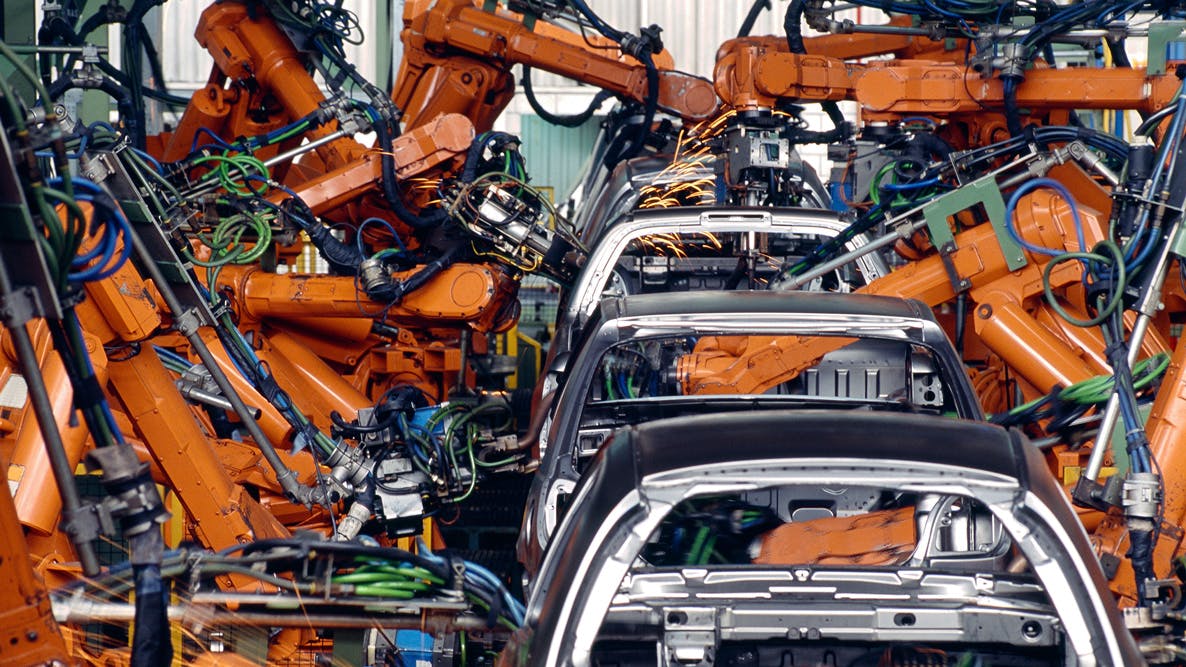Man and machine
Recent workplace deaths involving robotic arms are a new variant of the dangers that come with using powerful tools.
Man and machine
The recent tragedies of workers killed at factories in Germany and India may seem like new phenomena to some because robotic arms were involved, but they’re not.
Partly, they’ve come at time when we’re watching the new “Terminator” film in theaters and we’re debating whether or not there should be a ban on autonomous military robots. Robots and drones are on our minds a lot lately.
There are people who point to these incidents as proof that the doomsday scenarios depicted in science fiction stories are finally coming true, but I think that’s an exaggeration. We haven't experienced a failure of Isaac Asimov’s Three Laws of Robotics and we haven't seen the beginning of SkyNet.
I grew up in rural Minnesota, an area filled with small family farms. Tractors drive slowly along the side of the road, with cows and barns set against a backdrop of corn fields and pastures.
It’s peaceful and picturesque but even so, my dad stressed two imperatives as I grew up that hinted at a different, perilous side of farm life: 1) never try to break up a fight between two dogs, and 2) stay away from the power take-off of tractors. His emphasis of these points makes sense: interfering in the affairs of dogs can lead to a nasty bite or worse and clothing caught on a spinning shaft can easily be lethal. (For those of you who might not know, farm tractors typically have a second drive shaft that sticks out of the back end. By connecting to this second shaft, the tractor can power other machinery.)
We've always been at risk of injury or death by our tools, no matter how careful we are in designing or using them. A tool that is absolutely, completely safe is also absolutely, completely useless. The invention of the safety razor made it much less likely that I'll cut myself shaving, but not impossible. It still needs to be sharp to do the work I want it to do: it must cut. There is power in the razor’s edge, in the spinning shaft and in the robot arm – power we want to harness and focus. But however good our intentions and whatever our goal, power itself is indifferent and unflinching. It is finite and mostly controllable, yes, but raw, exposed power is indiscriminate.
We often design thin layers of safety between that power and our bodies – guards and handles and screens – but the sharp edge is always there somewhere. The electronic table saw stop is a miraculous exception to the multitude of power tools that can't tell the difference between work material and a human operator. Industrial accidents simply aren’t new; not even accidents involving industrial robots.
I think the real difference is that because we don’t completely understand how most things work, we create our own inaccurate mental models or superstitious beliefs. Arthur C. Clarke wrote that, “Any sufficiently advanced technology is indistinguishable from magic.” I might add, “…when it works properly.” Anything that falters or hiccups seems to fall short of magical and is suddenly indistinguishable from garbage. (See also, Bluetooth keyboards) And if that magical technology hurts us, we can be tempted to label it as “too dangerous” or even malevolent.
A power take-off is conceptually simple and most people can grasp how an accident that involves getting too close to a spinning shaft could happen. Two dogs fighting (or just one temperamental dog, for that matter) might pose a greater challenge to understanding, but again, most people have at least a vague notion that dogs are animals (no matter how well-trained), and therefore somewhat unpredictable. We expect robots, on the other hand, to do exactly what we want them to do without fail. In reality, an advanced robot possesses some qualities of both a power take-off and a dog: it is both mechanically resolute in its performance and just a little bit unpredictable. Unpredictable, not because it is animated or wild in the same way that a dog is, but because it is complex. Complexity can kill.
For all of their complexity, robots still lack an independent will (“agency” if you’re feeling philosophical) – they’re still just instruments. For robots, there is no “ghost in the machine”. We create them and our creations always reflect our faults as clearly as our virtues. Our faults demand careful attention, of course, but we should become very worried when we can no longer find humility or compassion in that reflection.
